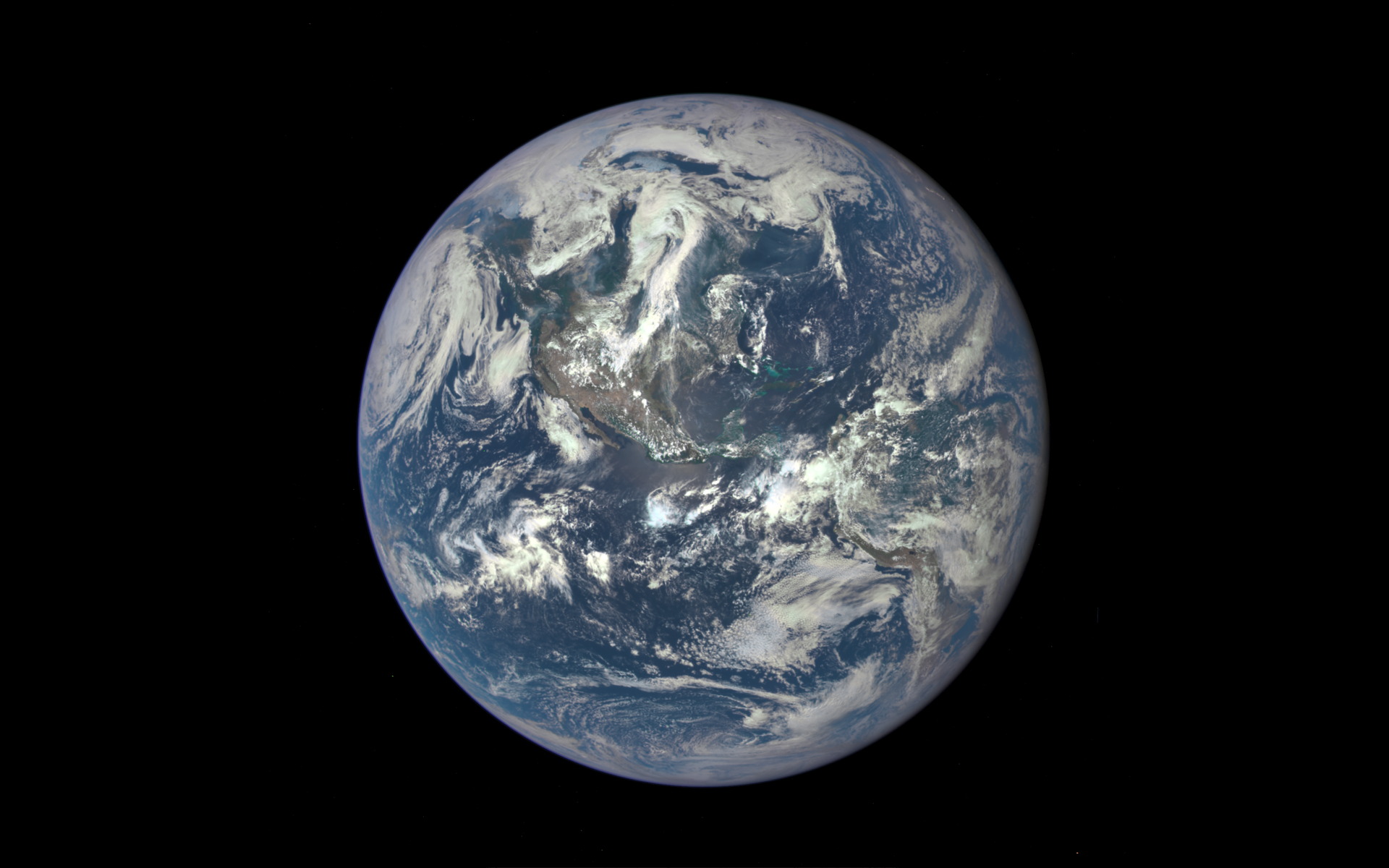Happy Earth Day 2024! NASA picks 6 new airborne missions to study our changing planet
The campaigns will focus on topics ranging from urban air pollution to changing weather patterns.

Just in time for Earth Day, NASA has announced that it's full speed ahead with six new aircraft-driven missions to study our changing planet.
In a media briefing on Friday (April 19), NASA officials announced six new airborne missions that will focus on arctic coastal change, weather created by wildfires, urban air pollution, impacts of changing weather patterns on landscapes, retreating glaciers and agriculture.
Altogether, NASA will spend about $120 million on the six missions, which will deploy from 2026 to 2029.
Related: Climate change: Causes and effects

"Much of what we do uses that unique vantage point of space to see the whole globe, but we perform science at multiple levels, including from aircraft, and that gives us an ability to see detailed studies to understand how phenomena are operating and how the Earth is operating at the local scale," Karen St. Germain, NASA’s Earth Science Division director, said during the briefing.
"A set of six very different airborne campaigns will give us some really targeted insights to help everything from how we understand how the Earth works to how we put that science into action for people," she added.
Here's a rundown of the newly announced projects:
Get the Space.com Newsletter
Breaking space news, the latest updates on rocket launches, skywatching events and more!
- Arctic coastal change: City College of New York will head this mission to study how the warming climate and changes in weather patterns are altering river systems along the North Slope of Alaska. This will include observations by aircraft, boats and drones.
- Wildfire weather creation: The Naval Research Lab will lead this mission across the Western United States and Canada to learn more about how the increase in temperature brought upon by wildfires can create its own weather, including the creation of pyrocumulonimbus clouds.
- Urban air pollution: This mission will be led by NASA's Langley Research Center and focus, on a very small scale, on how pollutants affect human health and determine the best ways to improve air pollution forecasts. This study will be centered on locations across North America, as well as Mexico City.
- Weather pattern changes and impacts on landscape: "Shifting Weather, Shifting Lands" will be spearheaded by NASA's Jet Propulsion Laboratory and will zone in on how major weather events like drought, flooding, mudslides and landslides alter Earth's shape.
- Retreating glaciers: The University of Arizona will run this project, which will examine the retreat of glaciers and ice sheets in Alaska, Greenland, and the Canadian Arctic. This will assist with predicting their movement and help researchers better understand the changes in flow and retreat.
- Agriculture: Scientists at NASA's Goddard Space Flight Center will focus specifically on farmlands and take a closer look at the fluxes of greenhouse gases and emissions and absorption.
"What's important about it is, we're going to build on what we do at NASA already with innovation and collaboration so that we can help users get the right data that they need at the right time," Thomas Wagner, NASA's associate director for the Earth Action Program, said during the briefing. "The important thing about this right now is that we're at a pivotal moment. We have the challenges posed by climate change, but at the same time we've got our 25 NASA missions on orbit, our international partners and also the commercial data. So we've kind of had this unprecedented view of the Earth."
Another important element for NASA's climate research is the new Plankton, Aerosol, Cloud, Ocean Ecosystem (PACE) satellite, which launched to orbit this past February. Some of the first data was recently released, allowing researchers to study some of the tiniest organisms on our planet, phytoplankton.
Related: See SpaceX's breathtaking launch of NASA's PACE satellite (photos)
PACE will enable researchers to learn more about microscopic life in our oceans, as well as the different types of particles in the air. Scientists will also gain a better comprehension of our changing climate and address concerns of fishery health, toxic algae blooms, wildfire smoke and air pollution.
"We went back and looked at one of the NASA videos from the early '70s about what the Earth-observing systems were going to look like, and it's amazing that we've really built it. And over that time, we've gone from just the pictures of the Earth to try to understand it to starting to make these fundamental measurements in the '90s," Wagner said.
"Today, with all the missions, we have data covering all different areas of science from the deep part of the Earth to the top of the atmosphere, and we've got the tools to interpret that and figure out what it really means," he added. "People can use this data in their daily lives to solve problems, so it's just a very exciting time to be in this field and thinking about where it's going to go next."
NASA encourages everyone to celebrate Earth Day today (April 22). You can check out U.S. government's Earth Information Center and participate in the #GlobalSelfie campaign, which is focused around the theme "Earth Touches Everything."
Join our Space Forums to keep talking space on the latest missions, night sky and more! And if you have a news tip, correction or comment, let us know at: community@space.com.

Meredith is a regional Murrow award-winning Certified Broadcast Meteorologist and science/space correspondent. She most recently was a Freelance Meteorologist for NY 1 in New York City & the 19 First Alert Weather Team in Cleveland. A self-described "Rocket Girl," Meredith's personal and professional work has drawn recognition over the last decade, including the inaugural Valparaiso University Alumni Association First Decade Achievement Award, two special reports in News 12's Climate Special "Saving Our Shores" that won a Regional Edward R. Murrow Award, multiple Fair Media Council Folio & Press Club of Long Island awards for meteorology & reporting, and a Long Island Business News & NYC TV Week "40 Under 40" Award.









